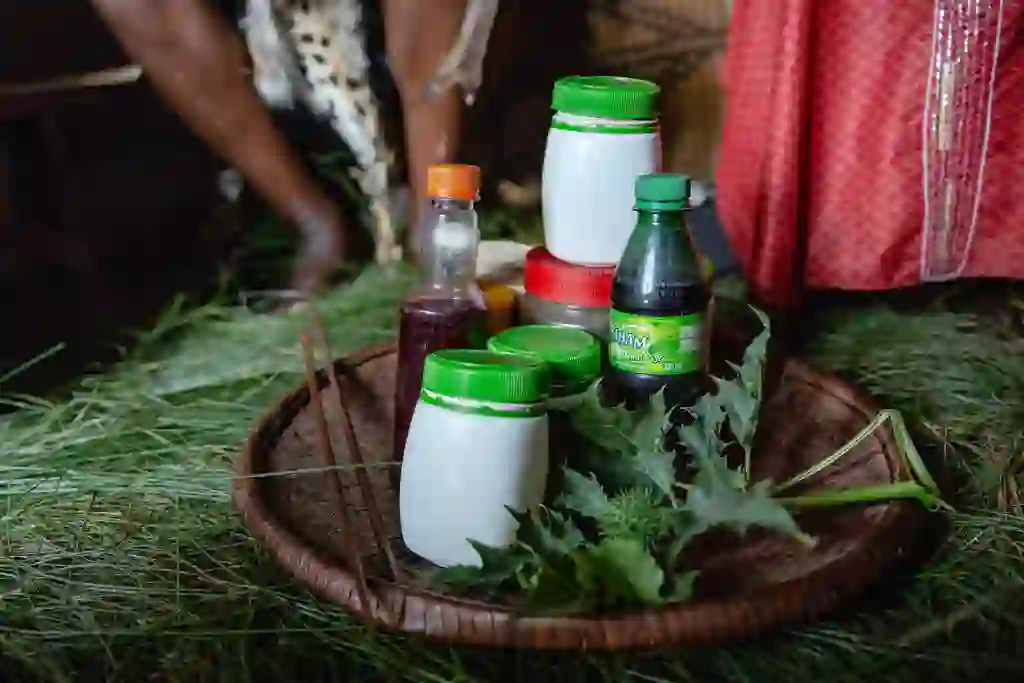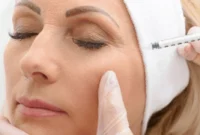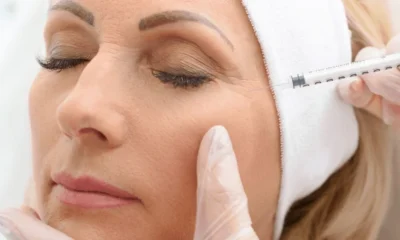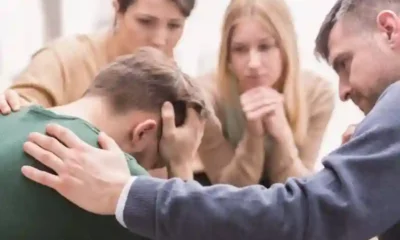
When seeking treatment for psychosis, the first place to go is a traditional healer in South Africa. These people serve many roles, from being custodians of traditional African religion and culture to being counselors, social workers, psychologists, and educators. In South Africa, traditional healers can be found in all walks of life, from the poor and the elderly to those in need of mental health counseling.
The importance of examining the role of Traditional healers in treating mental illness is well known. Patients may go to a Traditional healer instead of a clinic because family members, friends, or colleagues may recommend them. Traditional healers often believe that the patient’s symptoms are related to spiritual causes, which could mean that the patient’s social network is more likely to encourage him to visit a traditional healer.
Traditional healers in South Africa are known as sangomas and practice the art of divination. The term refers to consulting with the spirit world through the use of randomly arranged symbols. They are skilled in identifying the root cause of a disease or the violation of a social order. The healing process typically involves divination, herbal medicine, and custom rituals. In order to receive healing, you must visit a sangoma.
The Traditional healers in South Africa use plants such as muti for their healing practices. Some of these plants have powerful symbolism, such as lion fat being prepared for children to foster courage. Others are used for physical illnesses, social discord, and spiritual problems. Some also offer protection, love, and luck. This article describes a few ways that this plant is used. Read on to learn more about this plant and its healing powers.
A traditional healing practitioner is not an ordinary doctor; they are a spiritual person who is guided by ancestral spirits, God, or the ancestors. Traditional healers are sometimes known as inyangas, which means man of the trees in Zulu. They consult with patients, diagnose illnesses, and go into the bush to gather herbs and roots for healing. These plants are known as muti and are often given to patients as a remedy for various ailments.
The emergence of modern Western medicine has also led to an increase in the number of traditional healers in Africa. Many traditional healers are also part of independent churches, and their approach to healing includes the belief that their treatments are effective and safe. While many practitioners of traditional medicine do not practice witchcraft, many are trained to treat spiritual problems. For these reasons, there is a need to promote dialogue and collaboration between traditional healers and Western medicine practitioners. In addition to building trust and educating the public through workshops, promoting a more scientific approach to treating spiritual issues, and regulating practitioners, governments and indigenous organizations should seek to establish a more integrated relationship between traditional healers and western practitioners.
Traditional healers in South Africa are part of indigenous culture. The people of this country believe that death is a process by which individuals leave this world and return in new forms. Africans believe that witchcraft practitioners are part of this process. As such, it is imperative that practitioners of traditional African witchcraft be aware of the differences between their practices and the beliefs of others.
Traditional healing practices in South Africa have been around for centuries. Historically, traditional healers served a crucial role in human societies, serving as storehouses of medical knowledge. In addition to treating physical illnesses, African traditional healers also serve as social workers, counselors, and skilled psychotherapists. In addition, they serve as the custodians of indigenous knowledge systems. The training of prospective traditional healers in South Africa provides an overview of the diverse healing traditions of this region.
Related posts:


Entertainment
KemonoParty: Where Creativity and Community Collide!

Entertainment
KemonoParty: Where Creativity and Community Collide!
Categories
- Apps (1)
- Automotive (23)
- Beauty (7)
- Business (122)
- Celebrities (2)
- Digital Marketing (21)
- Ecommerce (2)
- Education (21)
- Entertainment (39)
- Events (6)
- Fashion (1)
- Features (4)
- Finance (1)
- Fitness (10)
- Food (2)
- Forex & Crypto (22)
- General (116)
- Health (48)
- House (61)
- Lifestyle (57)
- Marketing (8)
- Parenting (3)
- Pets (10)
- Real Estate (8)
- Safety and Security (14)
- Social Media (31)
- Sports (134)
- Technology (73)
- Travel (23)


















